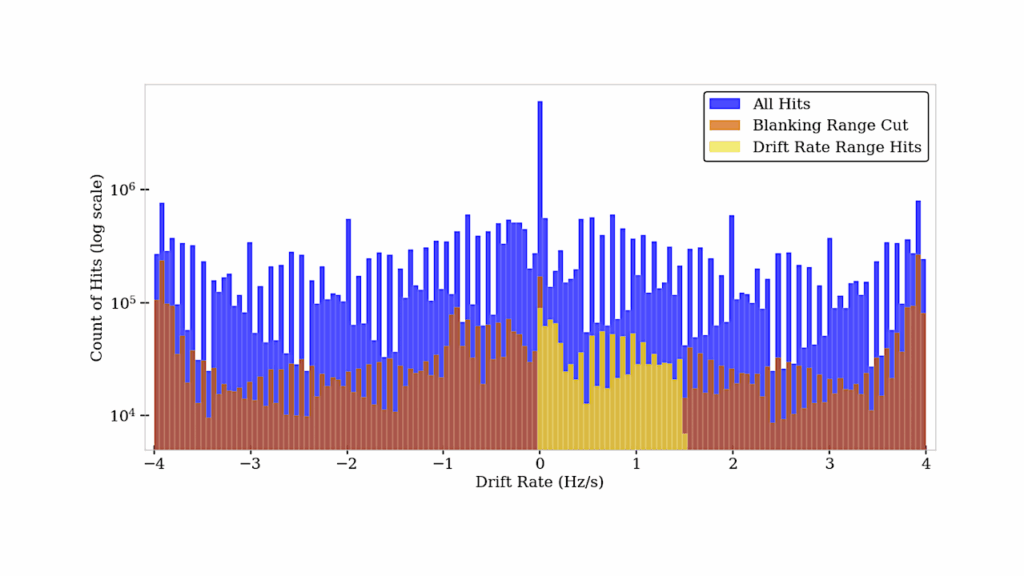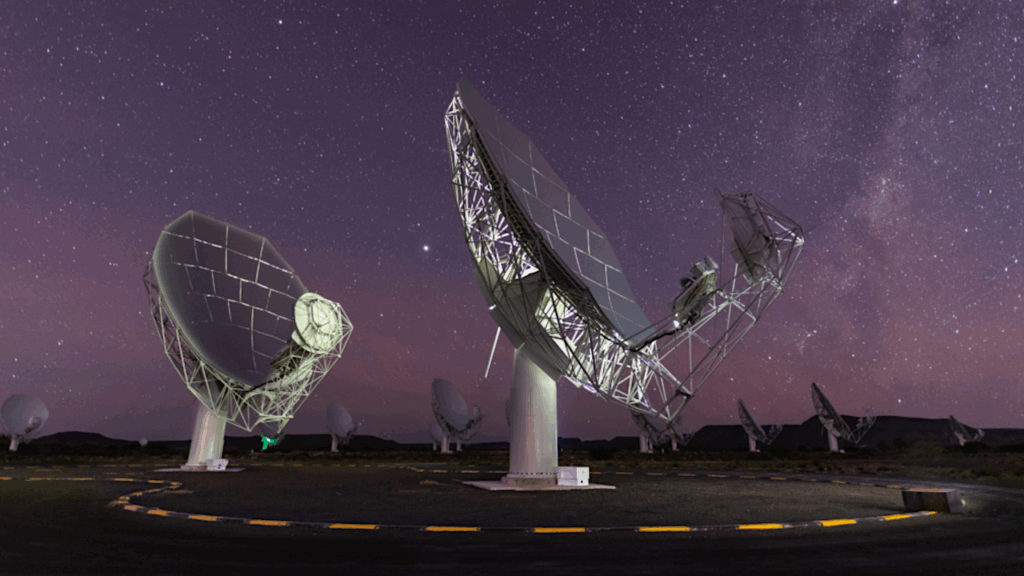Searching For Technosignatures In Exoplanetary Systems With Current And Future Missions

Technosignatures refer to observational manifestations of technology that could be detected through astronomical means. Most previous searches for technosignatures have focused on searches for radio signals, but many current and future observing facilities could also constrain the prevalence of some non-radio technosignatures.
This search could thus benefit from broader participation by the astronomical community, as contributions to technosignature science can also take the form of negative results that provide statistically meaningful quantitative upper limits on the presence of a signal. This paper provides a synthesis of the recommendations of the 2020 TechnoClimes workshop, which was an online event intended to develop a research agenda to prioritize and guide future theoretical and observational studies technosignatures. The paper provides a high-level overview of the use of current and future missions to detect exoplanetary technosignatures at ultraviolet, optical, or infrared wavelengths, which specifically focuses on the detectability of atmospheric technosignatures, artificial surface modifications, optical beacons, space engineering and megastructures, and interstellar flight.
This overview does not derive any new quantitative detection limits but is intended to provide additional science justification for the use of current and planned observing facilities as well as to inspire astronomers conducting such observations to consider the relevance of their ongoing observations to technosignature science. This synthesis also identifies possible technology gaps with the ability of current and planned missions to search for technosignatures, which suggests the need to consider technosignature science cases in the design of future mission concepts.
Jacob Haqq-Misra, Edward W. Schwieterman, Hector Socas-Navarro, Ravi Kopparapu, Daniel Angerhausen, Thomas G. Beatty, Svetlana Berdyugina, Ryan Felton, Siddhant Sharma, Gabriel G. De la Torre, Dániel Apai, the TechnoClimes 2020 workshop participants
Comments: Accepted for publication in Acta Astronautica
Subjects: Earth and Planetary Astrophysics (astro-ph.EP); Instrumentation and Methods for Astrophysics (astro-ph.IM); Solar and Stellar Astrophysics (astro-ph.SR); Popular Physics (physics.pop-ph)
Cite as: arXiv:2206.00030 [astro-ph.EP] (or arXiv:2206.00030v1 [astro-ph.EP] for this version)
https://doi.org/10.48550/arXiv.2206.00030
Focus to learn more
Submission history
From: Jacob Haqq-Misra
[v1] Tue, 31 May 2022 18:04:36 UTC (852 KB)
https://arxiv.org/abs/2206.00030
Astrobiology, SETI








